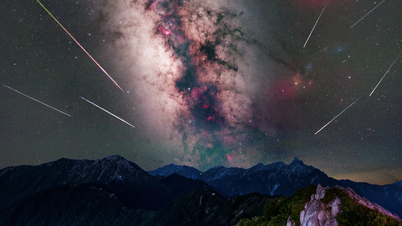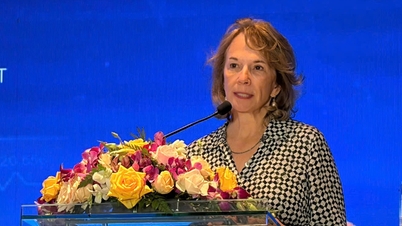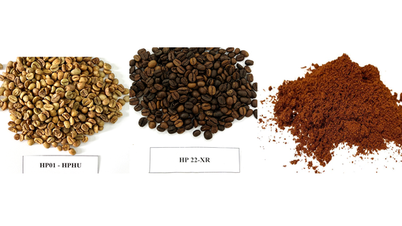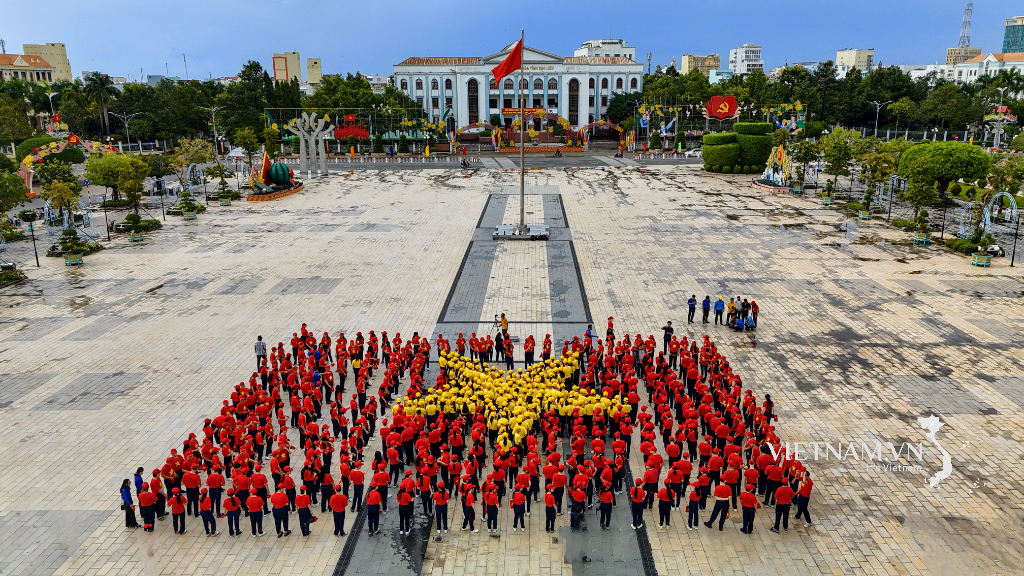
Total lunar eclipse in Hanoi on the morning of September 8th - Photo: C. TUỆ
Last night and early this morning (8-9), many countries in Europe, Asia, Africa, and Oceania observed a total lunar eclipse.
In Vietnam, due to the weather, many people in the southern provinces missed the opportunity to admire the stunning "blood moon".
Many people are asking, how long until the next total lunar eclipse?
According to information from the Hanoi Astronomical Society (HAS), people only need to wait for six more full moons – on March 3, 2026 – for another total lunar eclipse to occur.
The specific dates for the lunar eclipse on March 3, 2026 (Vietnam time) are as follows:
- 3:44 PM on March 3rd: Penumbral lunar eclipse begins (not visible).
- 4:50 PM on March 3rd: Partial lunar eclipse begins (not visible).
- 6:04 PM on March 3rd: The total lunar eclipse begins.
- 6:33 PM on March 3rd: Maximum lunar eclipse.
- 7:02 PM on March 3rd: The total lunar eclipse ends.
- 8:17 PM on March 3rd: The partial lunar eclipse ends.
- 9:23 PM on March 3rd: The penumbral lunar eclipse ends.
Thus, the lunar eclipse will last for 5 hours and 39 minutes, with the total eclipse occurring from 6:04 PM to 7:02 PM on March 3, 2026 (lasting 58 minutes).
According to HAS, the lunar eclipse on March 3, 2026, will be best observed in the far east of Russia, eastern Australia, New Zealand, Alaska, and the west coast of North America.
In Vietnam, the lunar eclipse can begin to be visible after sunrise (5:57 PM in Hanoi, 5:58 PM in Ho Chi Minh City) - that is, just before the total lunar eclipse begins.
What is a lunar eclipse?
A lunar eclipse is a phenomenon that occurs when the Sun, Earth, and Moon are aligned (or nearly aligned) with Earth in the middle.
At this time, the Moon enters the shadow behind the Earth and receives only a fraction of the light from the Sun compared to when it does not enter this area.
For this reason, part or all of the Moon will be darker than usual and have a deep red color - which is why some people call it a "blood moon".
Lunar eclipses are not a rare phenomenon (almost every year there is at least one partial, total or penumbral lunar eclipse) and are very easy to observe even without any supporting instruments.
The event taking place this September is a total lunar eclipse, which means the entire Moon will pass into the umbra, causing it to appear significantly darker (than a normal full moon) and turn a deep red.
Source: https://tuoitre.vn/bo-lo-lan-nay-bao-gio-nguoi-dan-viet-nam-moi-co-co-hoi-ngam-trang-mau-2025090815115001.htm











































![[Video] The craft of making Dong Ho folk paintings has been inscribed by UNESCO on the List of Crafts in Need of Urgent Safeguarding.](https://vphoto.vietnam.vn/thumb/402x226/vietnam/resource/IMAGE/2025/12/10/1765350246533_tranh-dong-ho-734-jpg.webp)



































































Comment (0)